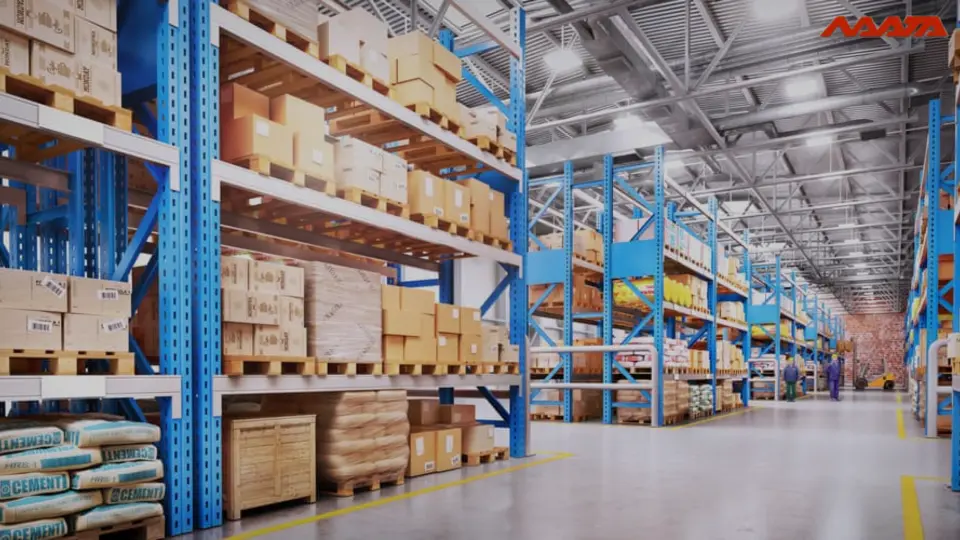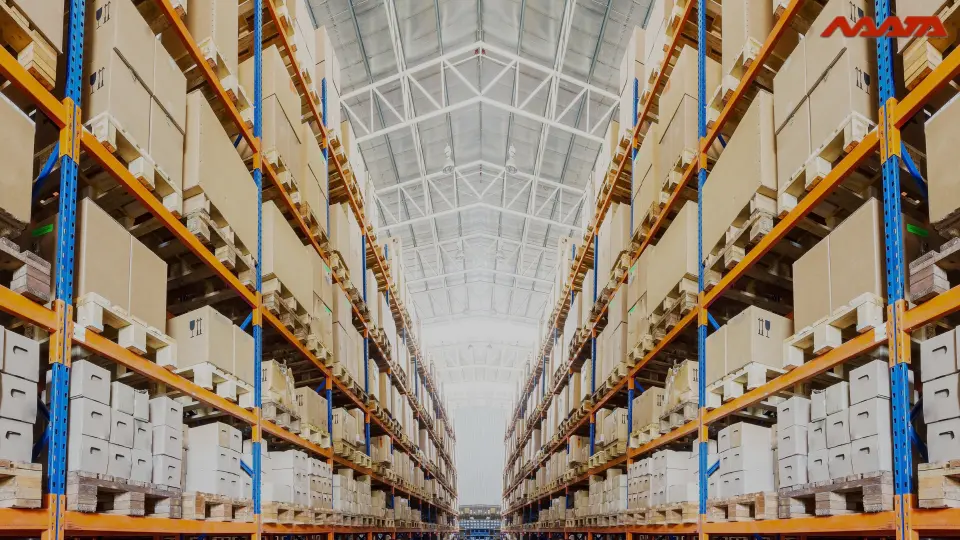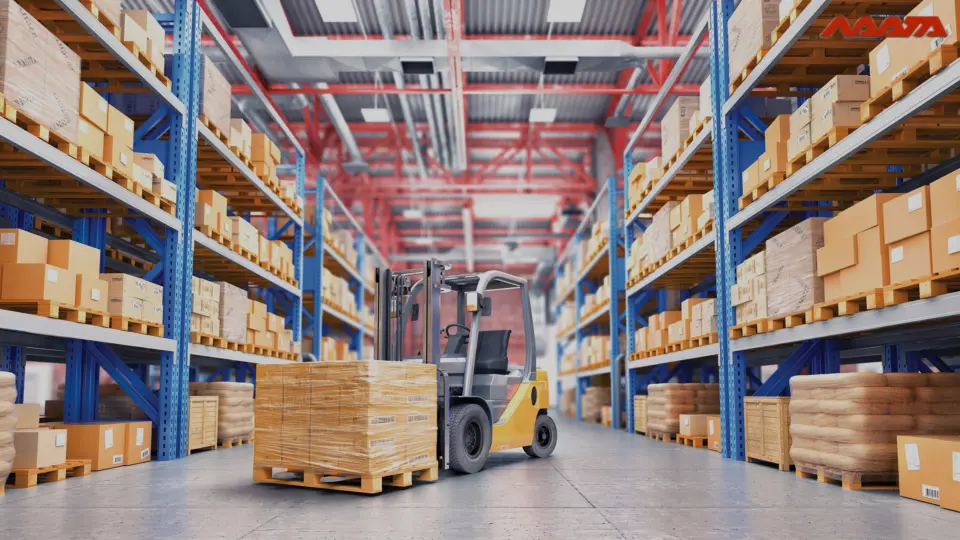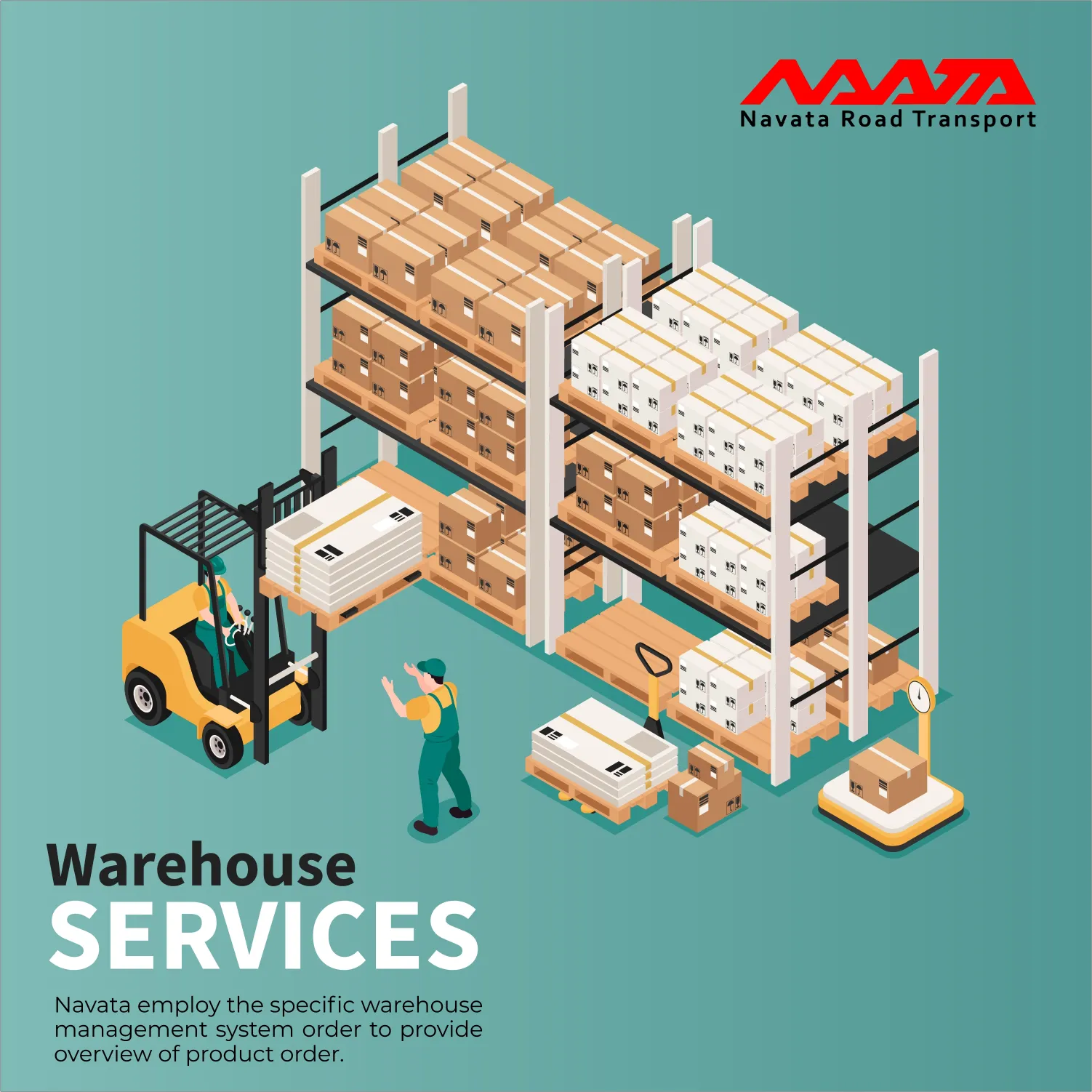5 Roles of Warehousing in Logistics and Supply Chain
Table of Contents
Roles of Warehousing in Logistics and Supply Chain
Warehousing is necessary for the administration of logistics. Your company strategy may be significantly impacted by how you handle and keep your inventory.
The roles of warehouses is to assist industrial operations. This is done by keeping an adequate supply of equipment, supplies, and packaging to ensure continuous production. The systematic receiving of finished items and delivery to the designated recipient is made possible by having constant access to packages.
To put it mildly, a warehouse plays a vital function. In order to better comprehend this assertion, let’s examine the following roles of warehousing in logistics:
Better Inventory Management
Only 10% of small firms keep track of their inventory. Around 25% of businesses have no inventory at all. This frequently results in delayed order processing, late shipping, and subpar customer service.
Warehouses provide your products in a concentrated place, which makes it simpler to keep track of and manage your inventory. You can more effectively store, transport, and distribute goods if you invest in a warehouse.
You’ll be aware straight immediately if anything is out of stock so you can offer clients alternatives rather than making them wait for days or weeks.
Through robust inventory tracking systems, businesses gain visibility into their stock and can streamline order fulfillment processes. This results in improved accuracy, reduced order cycle times, and enhanced customer satisfaction. Furthermore, warehouses facilitate efficient stock rotation, ensuring that products are dispatched on a first-in, first-out (FIFO) or a first-expiry, first-out (FEFO) basis, minimizing the risk of product obsolescence or spoilage.

You Might Also Like To Read: 6 Key Benefits of 3PL Warehousing
Effective Distribution
Warehouses play a crucial role in the delivery of goods to suppliers and the completion of orders. By making sure goods arrive on schedule, you may improve the efficiency of your distribution chain. Cross-docking, inventory distribution, and other procedures are made feasible.
By strategically locating warehouses near target markets, businesses can minimize transit times, thereby meeting customer expectations for faster deliveries. Moreover, warehouses function as sorting centers, allowing for efficient order processing, order picking, packing, and dispatch. This streamlined process optimizes the supply chain, enhances order accuracy, and contributes to overall customer satisfaction.
Another choice is third-party warehousing. It might assist you in increasing the speed at which you distribute and complete orders for your customers in the distribution chain.

Product Quality and Customer Service
A product is said to be of high quality if it lives up to a customer’s expectations. When placing an order, customers typically request unique items in various quantities. Businesses create their goods in batches, typically in facilities that they have hired. In this case, storage can reduce the number of time items need to move and can guarantee that the order is filled effectively.
Logistics should be in charge of providing items at a certain location and time. Additionally, as it makes it simpler to arrange a manufacturing schedule, which leads to quick order fulfillment, it is crucial in supply warehouses. It’s crucial to keep in mind that customer demand is unpredictable and that suppliers cannot foresee the expenses associated with stockouts.
Furthermore, warehouses play an important role in quality control by conducting inspections, assuring product quality, and adhering to industry standards. They may use automated systems for barcode scanning, RFID tagging, or real-time monitoring to track and trace products along the supply chain. Warehouses assist businesses in delivering products in pristine condition by maintaining ideal storage conditions and applying quality control methods, hence improving brand reputation and consumer trust.

Economic Benefit
Warehouse operations may reduce a variety of costs, such as outbound delivery costs, shipping costs, transportation costs, etc. A company may increase its competitive advantage through warehouse management by strengthening customer service and responsiveness, reducing labor costs, expanding flexibility, and improving inventory accuracy.
With a warehouse, costs for things like shipping, outbound deliveries, and transportation are drastically decreased. Additionally, as was already noted, stocking up on products in a warehouse gives you a buffer between supply and demand, which is helpful for your company’s bottom line.
Risk Management
Because it shields your business from market price swings, warehousing improves risk management. When suppliers’ demand for the items declines, the warehouse can hold them. Additionally, most of the warehouse’s inventory is covered by insurance.
Storage of perishable goods in a secure environment is another benefit of warehousing in addition to price protection. You may be able to rent a warehouse with freezers, refrigerators, and ideal temperature control depending on your demands and kind of business.

Demand Stabilization and Seasonal Inventory Management
Warehouses play a crucial role in managing demand fluctuations and seasonal inventory requirements. By maintaining buffer stock, warehouses help stabilize the supply chain during periods of increased demand or supply disruptions. They enable businesses to stockpile products during low-demand seasons, ensuring a continuous supply to meet customer needs during peak seasons.
This flexibility in inventory management helps businesses avoid production bottlenecks, reduce stockouts, and minimize the risk of excess inventory. By strategically planning and managing seasonal inventory, warehouses contribute to cost optimization, minimize wastage, and enable businesses
Value-Added Services
Modern warehouses go beyond basic storage functions by offering a range of value-added services. These services include product customization, labeling, packaging, assembly, and kitting. By providing these services, warehouses enable businesses to meet specific customer requirements and offer tailored solutions.
For instance, a warehouse may assist with product labeling and packaging to comply with regulatory standards or customer branding guidelines. Warehouses can also facilitate product testing, repairs, and returns management, reducing the burden on businesses and enhancing customer satisfaction. These value-added services not only differentiate businesses from competitors but also create additional revenue streams and strengthen customer relationships.
Thanks For Reading: 5 Roles of Warehousing in Logistics and Supply Chain
Powered By 360Presence
Roles of Warehousing in Logistics and Supply Chain Roles of Warehousing in Logistics and Supply Chain




